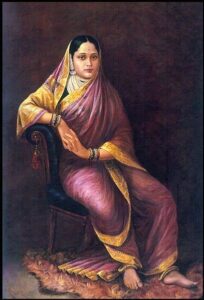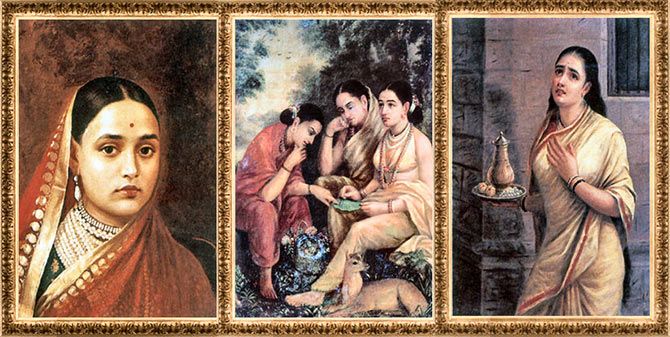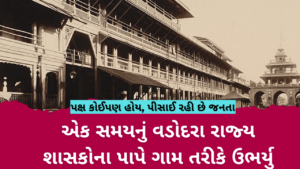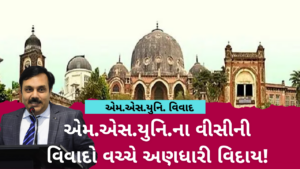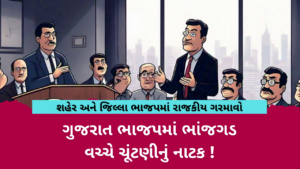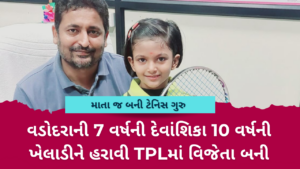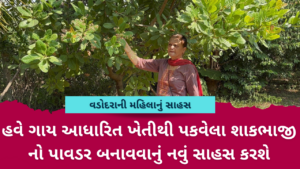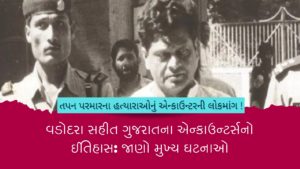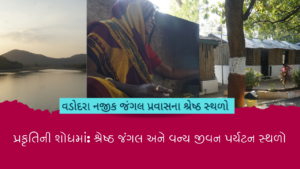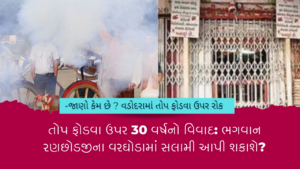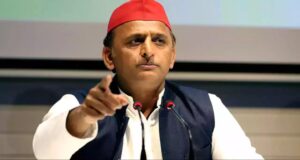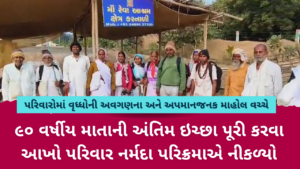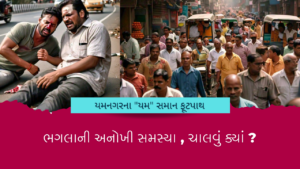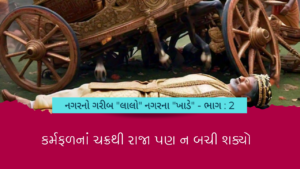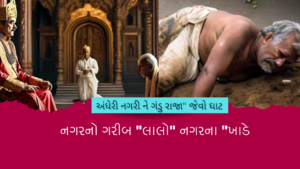Known for the rich shades and the energetic hues of his mythological paintings, Raja Ravi Varma is one of the celebrated artists of India. Born into an aristocratic family in 1848 in a village of Kilimanoor, Kerala he was the first artist to blend European academic realism with a rich India centric influence.
A lot has been written about this stalwart, but the recently launched book on him; Raja Ravi Varma: An Everlasting Imprint is one of its kind as it is written by a lawyer; Ganesh Shivaswamy. Indian National Trust for Art and Cultural Heritage (INTACH), Vadodara was fortunate to host a discussion on this book where the author himself along with the renowned Delhi based art critic; Gayatri Sinha were in conversation with Sharan Apparao.
Hailing from Bengaluru, Ganesh has been collecting chromolithographs from the Ravi Varma Press, and now has quite a substantial collection. “I was unsure about what to write on, as a lot had already been written about him. After an extensive research, I realised on the missing segment which no one had tapped. It was the engagement of people with the imagery,” shares Ganesh.
“Ravi Varma has been historicised. He democratised the popular culture,” opines Gayatri Sinha through the observation of Ratan Parimoo, an art historian and painter. In the book, the author has tried not to put Ravi Varma in isolation rather he has tried to study the composition of image at a larger context. “It is an analysis of the journey of images,” says Ganesh. Since the social narrative is ever changing, the challenge was to struggle with such huge narrative. “I tried to refrain myself from relying on the European theories. I have chosen the Indian narrative which includes the unique aspects of the myth and the divine,” narrates Ganesh.
It is really interesting to note how Ravi Varma had brought photographic image to his paintings. “The theatrical backdrop in his paintings was something that dominated,” says Gayatri.
The Baroda Connection
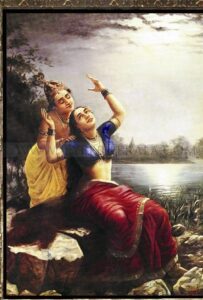
Giving us another illustration, Ganesh speaks about the painting of Krishna and Radha. “It’s a small chromolithograph, so heavily overlooked which encapsulates a veritably intriguing tradition the Baroda Bharatnatyam tradition. When Maharaja Sayajirao Gaekwad III got married, his first woman Maharani Chimnabai I was from Thanjavur, and as part of the matrimonial cortege, there were two dancers who went with her from Thanjavur as a part of dowry. These girls also became the Baroda nautch girls. When Maharani Chimnabai died, these girls did not know what to do. The Maharaja, a practical man, had formerly created commodity called the Kalavant Kharkhana, a department of arts. He told the girls to be a part of the department, where they were paid really well — ₹ 430 per month. They were asked to dance before the Maharaja on Wednesdays and Saturdays. But when these girls performed before the Maharaja, he understood nothing as he did not know Bharatnatyam! These two girls also decided to re-choreograph a many sequences just so the Maharaja, their patron, appreciates. They redo a certain set of sequences which Ravi Varma happens to watch and was fascinated. He also sketches them as Radha and Krishna and that becomes this chromolithograph recapitulating a fully rare Bharatnatyam tradition in Baroda.”
